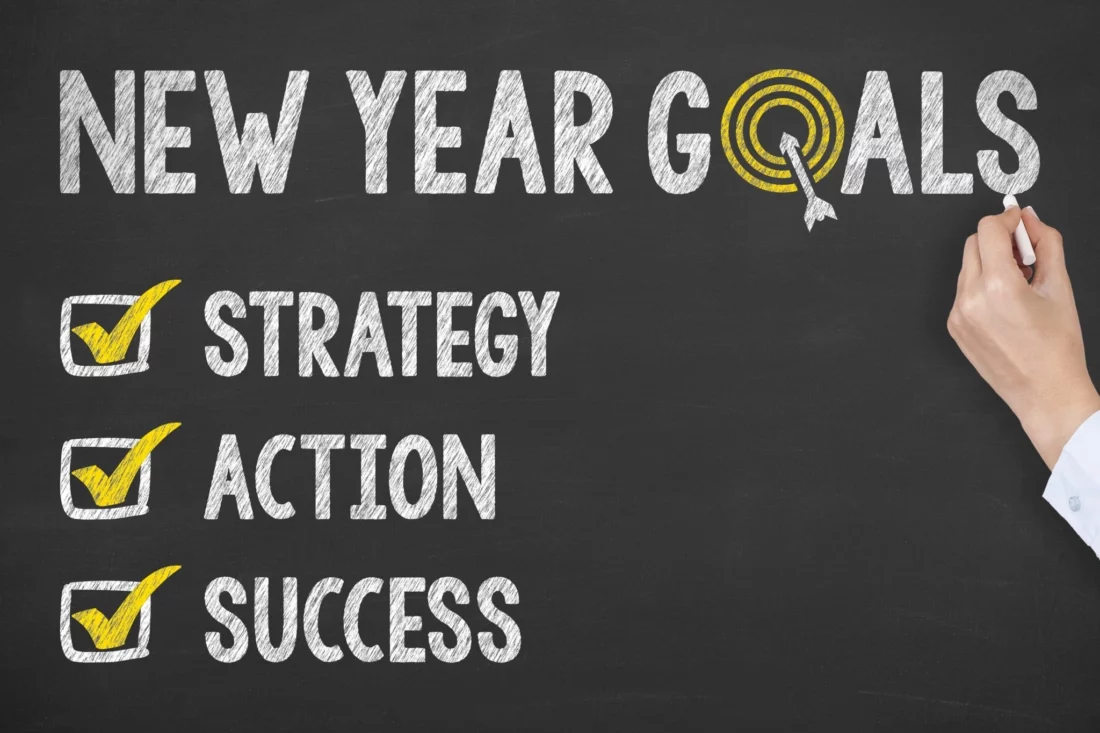It’s 2017! We’ve made it through an interesting year of highs, lows and everything in between. Now it’s time to hit the ground running with new and creative content, ideas and strategy. What can you do to improve your marketing and PR strategies for the new year? Here are a few starting points to get ready for another year of revolutionary communications and marketing.
Reputation Management – Use It Or Lose It
Consumer-driven marketing will see a change for the better as online reviews and are becoming increasingly popular. Studies show that a whopping 84% of consumers trust an online review by a stranger just as much as they would trust a personal recommendation from someone that they are familiar with. In addition, 90% of consumers read up to 10 reviews before forming an opinion on a business or brand. Positive online reputations matter more now than ever before.
Between social media and an uptick in online reviewers and review websites, consumers have 24/7 access to brand exposure. This will expand the reputation management duties that public relations professionals are expected to manage. Communicators will truly have to have all hands on deck across many platforms to enhance and protect companies’ images.
Companies such as Binary Fountain are already spearheading the online reputation management movement within the healthcare industry. Binary Fountain’s platform uses patient feedback from online ratings, reviews, social media and surveys to help healthcare organizations improve the patient experience. Ideally, all public relations professionals should be using a platform that allows them to proactively monitor all online communication about their clients so that they can properly analyze and respond.
Another interesting trend that will shape communications this year is the “fake news” phenomenon. The media along with businesses are significantly concerned about reputations being tarnished due to “fake news” sources and stories. Coupled with an increase in online review websites, communications professionals will need to carefully create content and responses as opposed to generic responses to complaints.
Video Streaming Is Alive and Well!
A study done by CISCO showed that 75% of the world’s mobile traffic will be via video by 2020.
Take a look at how social media is allowing users to record video in real-time.
For example, Snapchat came onto the social media scene with the concept of recording real-time videos that allow people to live “in the moment” as the videos are erased after 24 hours. This shifted the social media industry as platforms such as Facebook, Instagram and Twitter now allow users to record live video for their followers to view.
Live streaming should be incorporated into all communications strategies to enhance story-telling from non-profit to B2B companies. Similar to television, companies can use live streaming tools to broadcast their events, product launches, Q&A sessions or maybe just an inside look at the company’s culture. Video streaming is changing the culture of content and the public relations industry as we know it.
As more companies are utilizing live streaming, technology will likely advance to adapt to the keep up with the evolving industry. However, like any new trend there are a few challenges that early adopters may want to be cautious of. For example, audience comments may be different to control depending on the platform. Yet for many brands, the potential challenges are well worth the risk.
Influencer Marketing Campaigns will be a Major Key
Similar to video-streaming and relative to online reputation management, influencer marketing is a critical component to an online marketing campaign. It’s powerful, personal and produces a consumer curiosity about the brand and/or product like no other.
What do we mean in terms of influencer? An influencer is someone who may not be a celebrity or a famous brand and ambassador, but they have a large online following of consumers who trust their opinion and perspective. As opposed to traditional advertising which can sometimes be more of a nuisance to consumers, native advertising with influencer marketing creates a more pleasurable experience for consumers.
A study done by Dedicated Media showed that purchase intent is 53% higher for native ads. In addition, The Social Media Revolution revealed that user generated social posts account for 25% of search results, thus enhancing a brand’s SEO. Even Google Trends has recognized the growth in influencer marketing, classifying the key term as a “breakout”, meaning the key term is experiencing growth greater than 5000%.
Data Visualization Is the New Storytelling
Data makes the marketing world go ’round…and ’round and ’round. Interpreting data and making it legible can sometimes be a pain for marketers, but there are many tools around that make it easier to create charts and infographics.
In other words, no excuses! Visualization quickly draws the attention of a consumer and gets a brand’s point across. Data visuals are increasingly becoming an element of storytelling, giving content users a narrative to utilize and take readers on a journey to become more engaged and personal with a brand.
Just as technology continues to evolve in the blink of an eye, the marketing and communications industry does so as well. It is important to stay on top and ahead of trends the moment that they appear so that you can grab consumers with tantalizing content and generate useful relationships.
(* * *)
If you are a technology startup or established high-tech company looking to create an innovative strategy for the new year, GMG is here to help!


Why Cutting PR in Tough Times is a Costly Mistake (And What to Do Instead)